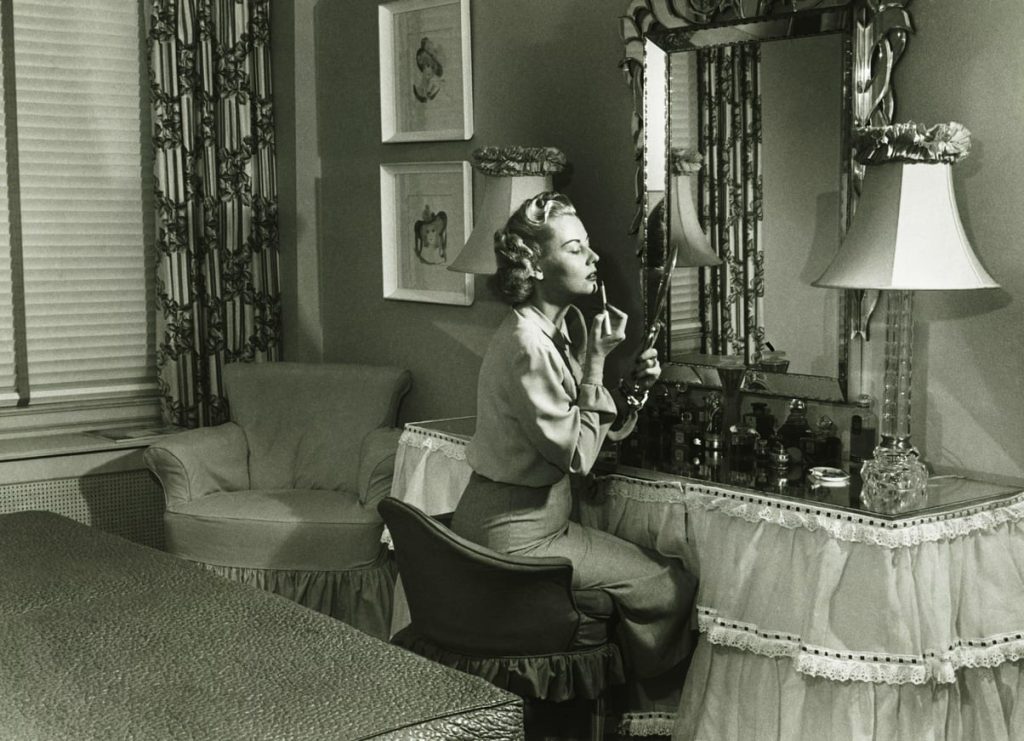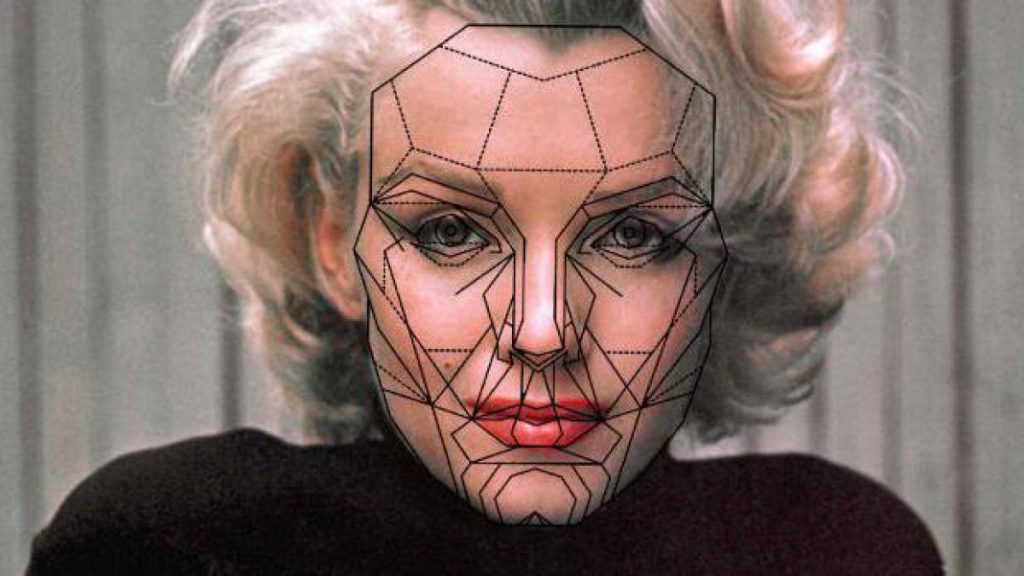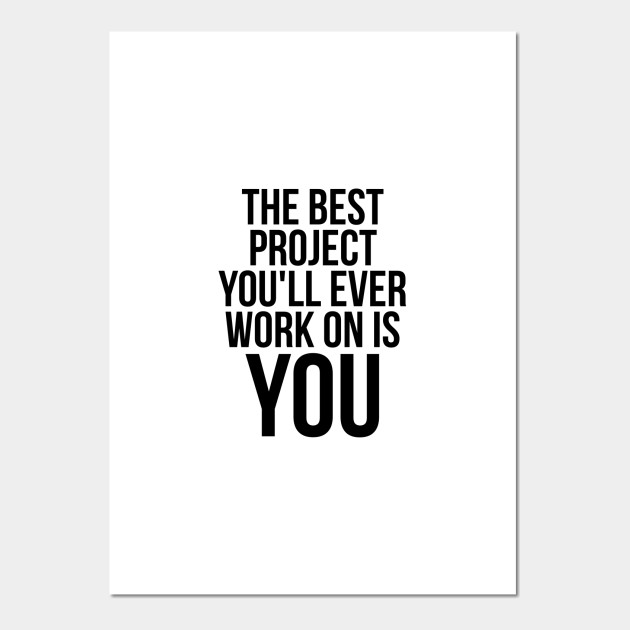What do you think about the beauty stereotypes? When I started thinking about how to develop this article, a specific song came to mind: “Beautiful” by Christina Aguilera. If you were born around the late 80’s or early 90’s you probably remember it very well. If you are from a younger generation I recommend you listen carefully. “Stereotypes of beauty and mental health“, what a topic! Talking about this can be somewhat challenging, not only because of the infinity of ways in which it can be developed, but also because it can also strike a very sensitive fibers.
Going back quickly to Christina’s song, there are two phrases that stand out to me the most. “I am beautiful in every single way” and “We’re the song inside the tune, full of beautiful mistakes”. However, how many of us actually believe that? What perception do we have of ourselves? How do we talk to ourselves? How is your self-esteem? Do you have a habit of comparing yourself to others? How do you talk to yourself? Do you say mean things to yourself? What do you see when you look in the mirror? What habits do you have to take care of yourself? Just as the song “Beautiful” that literally tells us that we are all beautiful no matter what, there are more songs (famous or not so famous) that in theory the message focuses on the same concept; self love and self esteem.
The power and impact of stereotypes
By nature we are social beings; we require interaction and coexistence with other people, but at the same time that we need this social exchange for survival reasons, it also impacts our lives and ourselves in a positive and negative way. In this sense, society is also the one who sets the stereotypes of beauty, the terms and conditions of how we have to see ourselves to be socially accepted.
Of course, stereotypes will vary depending on the demographic area, but thanks to globalization these “divisions” are disappearing, making beauty stereotypes practically the same in Canada as in Spain, in India as in Argentina, in China as in Norway, and so on. What is a stereotype? The Cambridge dictionary defines it as: “a set idea that people have about what someone or something is like, especially an idea that is wrong”. Here I would like us to pay close attention to the word “WRONG”.
On the other hand, the Online Etymology Dictionary site says the following about stereotypes:
Stereotype (n.)
1798, “method of printing from a plate,” from French stereotype (adj.) “printed by means of a solid plate of type,” from Greek stereos “solid” (see stereo-) + French type “type” (see type (n.)). Meaning “a stereotype plate” is from 1817. “Image perpetuated without change” is first recorded 1850, from the verb in this sense. Meaning “preconceived and oversimplified notion of typical characteristics of a person or group” is recorded from 1922 (Walter Lippmann, “Public Opinion”).

A stereotype will never be permanent. What was considered aesthetically beautiful and acceptable 100 years ago is no longer so today. What is considered aesthetically beautiful and acceptable today will no longer be so in 100 years. These will change as society evolves and therefore changes. “Change is the only constant” -Heraclitus
Beauty and math?
Beauty, on the other hand, is something that goes beyond what is “accepted” by society. There are various medical and psychological studies that ensure that beauty is practically mathematical. The human brain is designed in such a way that the information it receives can cause a sensation of pleasure. The human brain receives these stimuli through symmetry. An example? The Golden Ratio or Golden Number. This divine proportion can be found in nature: shells of marine animals, trees, branches, flowers, animals. Also in the human body. Similarly, the Greeks believed there to be three elements of beauty: symmetry, proportion, and harmony.
In relation to symmetry in human beings, we have the studies on beauty carried out by Dr. Stephen R. Marquardt, who designed the famous Marquardt Beauty Mask based on the Golden Ratio; “The Golden Ratio is a ratio found in nature and design that measures 1:1.618. It has been called the Fibonacci Ratio or Phi Ratio and, sometimes, the divine ratio. It is also referred to as the Golden Section or Phi Section”, (JCO Interview, Dr. Eugene L. Gottlieb).
What is Marquardt’s Beauty Mask) “This is the ideal proportion of the human face that is considered attractive by human beings”. But, in the end, what are we really talking about? Perfection. Not all of us fit perfectly into a mask. And much less, there is no such thing as a 100% perfect and symmetrical human being. It is true, there will be some faces that fit better in the mask, but never in its entirety because we must remember that there is no face or body that is symmetrical in its entirety. NEVER!
We live in a constant battle that goes against our nature to try to fit into these stereotypes. We make use of all the tools that are within our reach in order to meet the beauty requirements; makeup, hair dye, often extreme diets, hours in the gym, abysmal investments in beauty products. Even many times we even undergo aesthetic processes and surgical interventions in order to “improve” our physical appearance. It’s not bad to find a way to make improvements or reinvent ourselves to feel good. What is wrong is the extremes and the real background of this search. It is important to accept and understand that behind all these actions that we carry out to “improve” our physique, there is a personal rejection of ourselves.

Aesthetic procedures and their statistics
We cannot be apples if we are strawberries. Let us remember that we can subject our body to hard training, demanding diets or aesthetic procedures, but no matter how hard we try, there is something called genetics that will limit us and that is something that we cannot change. The International Society of Aesthetic Plastic Surgery (ISAPS) shared the following data in its latest report (2020):
Top 5 surgical procedures worldwide:
1) Breast Augmentation 1,624,281 procedures
2) Liposuction 1,525,197 procedures
3) Eyelid Surgery 1,225,540 procedures
4) Rhinoplasty 852,554 procedures
5) Abdominoplasty 765,248 procedures
Top 5 nonsurgical procedures worldwide:
1) Botulinum Toxin 6,213,859 procedures
2) Hyaluronic Acid 4,053,016 procedures
3) Hair Removal 1,837,052 procedures
4) Nonsurgical Fat Reduction 560,464 procedures
5) Photo Rejuvenation 517,675 procedures
Most common cosmetic procedures per age group:
1) 18 years or younger Rhinoplasty 55,928 procedures
2) 19-34 years old Botulinum Toxin 1,497,540 procedures
3) 35-50 years old Botulinum Toxin 3,121,221 procedures
4) 51-64 years old Botulinum Toxin 1,343,436 procedures
5) 65+ years old Botulinum Toxin 208,786 procedures
Total procedures in 2020 decreased by 1.8% Compared to 2019 statistics. Surgical procedures decreased by -10.9%. Total nonsurgical procedures increased by 5.7%.
Top 10 countries ranked by total number of procedures:
1) USA 1,485,116
2) Brazil 1,306,962
3) Germany 425,855
4) Japan 222,642
5) Turkish 360,542
6) Mexico 456,489
7) Argentina 284,320
8) Italy 245,400
9) Russia 478,200
10) India 255,528
The decrease compared to 2019 or previous years may be due to COVID-19, economic issues, but also other factors related to people now looking for less invasive and permanent procedures, including also the search for acceptance and inclusion.
Beauty industry
In relation to the consumption of beauty products, Tera Keet and Statista share the following data:
“Total global beauty industry spending in 2020 was $483 billion, and the annual total is expected to top $716 billion by 2025.” “The cosmetics industry has an annual growth rate of 4.75%” – Common Thread Collective. “Online sales are projected to make up 48% of all beauty sales by 2023” – Statista.
Category and Market Share:
Hair Care 24%
Skin Care 23.7%
Cosmetics 14.6%
Perfumes & Colognes 9.5%
Deodorants, Personal Care, Feminine Cleaning 8.5%
Oral Hygiene 5.6%
Other 14.1%
Fitness Industry
The fitness industry is also important in this matter. The PolicyAdvice site announces the following 2020 results based on data collected:
“The global gym industry is worth $96.7 billion in 2020, with more than 184 million gym members in total.” “The world holds over 200,000 health and fitness clubs”. “The United States, Germany, and the United Kingdom have the highest number of fitness club memberships.”
Of course, social media
Going for a moment to something more accessible, I comment on the following. All of us who have a smartphone and are part of the digital and internet world have access to tools that allow us to “improve” our appearance. Surely you know what I mean. Exactly, the famous filters. This famous tool began as a fun trend on Snapchat and its impact and popularity were such that other social networks like Instagram and now TikTok have also adapted it to their platforms.
Despite their tendentious use, today we are witnesses that filters no longer just give you little ears and a puppy nose, but they completely change your face. Filters on social networks have been one of the main generators of insecurities in our times, especially in the younger generations. And, let’s face it, most of us have used a filter at least once on our social networks to see ourselves “better”.

#NormalizeRealSkin #FilterDrop
One thing I’ve seen lately that seems like a good starting point for change is that some public figures have been campaigning for self-acceptance or even expressing their opinions about filters. I have seen many influencers sharing their real faces in their stories, without filters, under the message “not all of us are perfect. Accept yourself as you are. Etc”. They are even looking for ways to regularize this issue. Norway changes its regulations in order to eliminate the negative impact of social networks, under a law that prohibits influencers or celebrities from retouching their photos without disclosing it. That is, they cannot publish content where their physical appearance has been modified or altered without mentioning it. It works the same way with paid collaborations.
In this sense, transparency is the priority today. Some probably agree, some don’t. Some probably consider that it is not enough or that it is not the way. I think it is a good start and hopefully these regularizations will be applied worldwide. Likewise, I hope that more laws for this purpose will be implemented and carried out.
Mental health
And what if we do a little research on mental health statistics? “Today, nearly 1 billion people live with a mental disorder and in low-income countries, more than 75% of people with the disorder do not receive treatment. Every year, close to 3 million people die due to substance abuse. Every 40 seconds , a person dies by suicide. About 50% of mental health disorders start by the age of 14”. – World Bank Blogs, RIALDA KOVACEVIC, FEBRUARY 11, 2021. Shocking, right?
Leave the cell phone and go live!
We are members not only of a society, but of a digital and technological age. Social networks are part of the lives of many people around the world. Whatever the purpose. According to data from BroadbandSearch and Statisa, people spend an average of around 145 minutes, that is, 2 hours and 25 minutes every day. “People spend an average of six years and eight months of their life on social media”. The future is uncertain and we cannot say for sure what the future will look like in terms of statistics regarding the increase in users. However, we can get an idea that the numbers will undoubtedly increase as time goes by.
The day has 24 hours of which, in theory, 8 hours you use to sleep. That leaves us with 16 hours and if we subtract the ones we “use” to use our social networks, it gives us a total of approximately 14 hours. What would happen if you reduced those two hours little by little and instead of spending so much time on social networks, you did another type of activity?
Also, what would happen if instead of seeing what your favorite influencer does, you focused on doing something that you are passionate about or fills you with happiness? What if that time you spend editing a photo, you used it to learn something new? To understand the problem it is important to make a self-criticism. And I don’t mean a criticism where you focus on your possible flaws, but a constructive criticism to improve your life and feel better about yourself.
“Oh baby, you should go and love yourself”
It is important to recognize our faults in order to implement improvements. It is true that society generates a strong and important impact on our mental health, but it is also important to take responsibility for our own actions. How can we improve? During my search on “how to improve self-esteem” I came across examples like: Be positive, recognize your worth, be kind to yourself, stay away from relationships that don’t bring you anything, do something you enjoy, etc. There can definitely be many ways to raise our self-esteem, but many times it is easier said than done. What I propose in this space is based on two main points: education and help. In relation to education, it is essential since it is the basis of everything. Many of our insecurities were first created at home, by those closest to us, and unfortunately from a very young age.

No one has the right to comment on the appearance of another and understanding that is education. We have definitely seen significant improvements in the world in terms of acceptance and inclusion, but we still have a long way to go. Change will always start from within ourselves. It is true that, as I mentioned before, it is easier said than done, but any time is a good time to start. The best way to generate changes is by improving ourselves; turning our speech towards ourselves into a kinder and more loving speech. There is no better weapon against external threats than cultivating a fortress of self-love. If you think you need it, ask for help, there is nothing to fear. Any time is a good time.
Tell yourself another story
“BE CAREFUL WHAT YOU SAY TO YOURSELF BECAUSE YOU ARE LISTENING” – Lisa M. Hayes. Perhaps the world in which we all have high self-esteem and strong, positive self-acceptance is a utopia. Social issues and their impact on individuals will always be complex issues. However, we have been fighting against the tide for so many years. Wishing to change and, many times, to change what cannot be changed. We have been rejecting ourselves for so many years. We have been focusing on what we don’t like and maximizing our “defects” for so many years.
What would happen if we changed the narrative? We have been acting in this way for so many years and we have not come very far, on the contrary. Let’s change history, let’s change our perception of ourselves. We have nothing to lose and we have a lot to gain. With all my heart I hope that the next time you look in the mirror you see yourself as a beautiful being, no matter what. I hope that the next time you look in the mirror, instead of criticizing yourself, you focus on your authenticity. I hope that the next time you look in the mirror, you will see that you are beautiful, no matter what they say.





